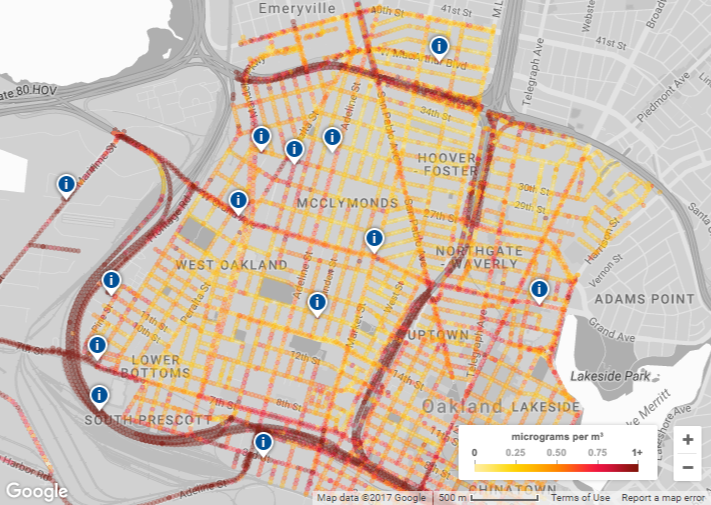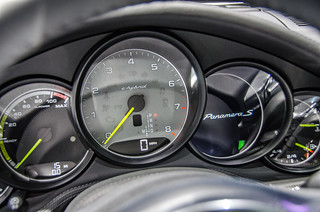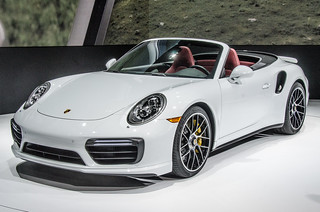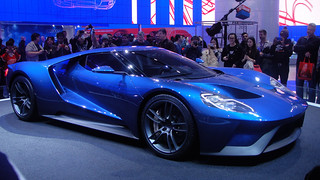Via Teslanomics:
As sustainability becomes increasingly important to car owners, more and more people are exploring purchasing an electric vehicle. As a result, EV sales in the U.S. are soaring. In week’s episode, we explore the electric vehicle sales market, including its overall change, plugins vs. batteries as well as the Model 3 and Tesla overall.

Diving into the data, electric vehicle sales were up 47% in Q1. This is a big leap for electric vehicle sales, especially when you compare it to overall vehicle sales – a market that isn’t doing so hot. This suggests a tread towards more sustainable forms of transportation, including both plug-in electric vehicles and battery plug-in EVs, like a Tesla.
Tesla dominates the battery electric vehicle (BEV) category – accounting for half of all electric vehicle sales in Q1. From January – March, 40,7000 plug-in electric vehicles were sold in the US. These sales have been driven largely by longer range EVs coming to market, like the Chevy Bolt. With the release of the Tesla Model 3, the Nissan Leaf and similar vehicles coming to market, sales will likely continue to trend upwards, especially as affordability and accessibility also increases.

Worldwide the overall growth of electric vehicles sales was 72%, with China leading the way with a 140% jump in EV sales. While the numbers in the US aren’t as strong, the significant jump in Q1 shows the increasing desirability of electric vehicles in the US.
The Tesla Model 3 has a lot to do with EVs popularity in 2017. EV Volumes are predicting that 50,000 Model 3 will be delivered in the US this year. From a production standpoint, Tesla recently reported that they’ll be producing approximately 5,000 per week – putting them in good shape to meet the demand.
A big question about the Model 3, and one that you’ve asked me, is: what about the tax credit? According to Clean Technica, it’s likely that anyone who purchased a Tesla this year will receive the $7,500 tax credit. But it’s important to remember that after 200,000 Teslas are sold, the phase out begins. I dove deeper into the electric vehicle tax credit in a previous video, you can learn more here: https://www.youtube.com/watch?v=UWHgB…
As I previously mentioned, Tesla dominates US electric vehicle sales. When you combine the Model S and Model X, Tesla accounted for nearly 48% of US BEV sales. This is huge! There isn’t really any other industry where one brand dominates the market so highly. And looking forward, while the other players will make an impact, Tesla is likely to continue ruling the electric vehicle market.
You can check out the sources I mentioned via the links below.
http://www.ev-volumes.com/news/usa-pl…
https://cleantechnica.com/2017/01/20/…
As always, for the latest Tesla news, visit us at Teslanomics.co
Teslanomics.co is on social and Patreon, too. Join the conversation:
P: https://teslanomics.co/patreon
FB: https://fb.com/teslanomics







